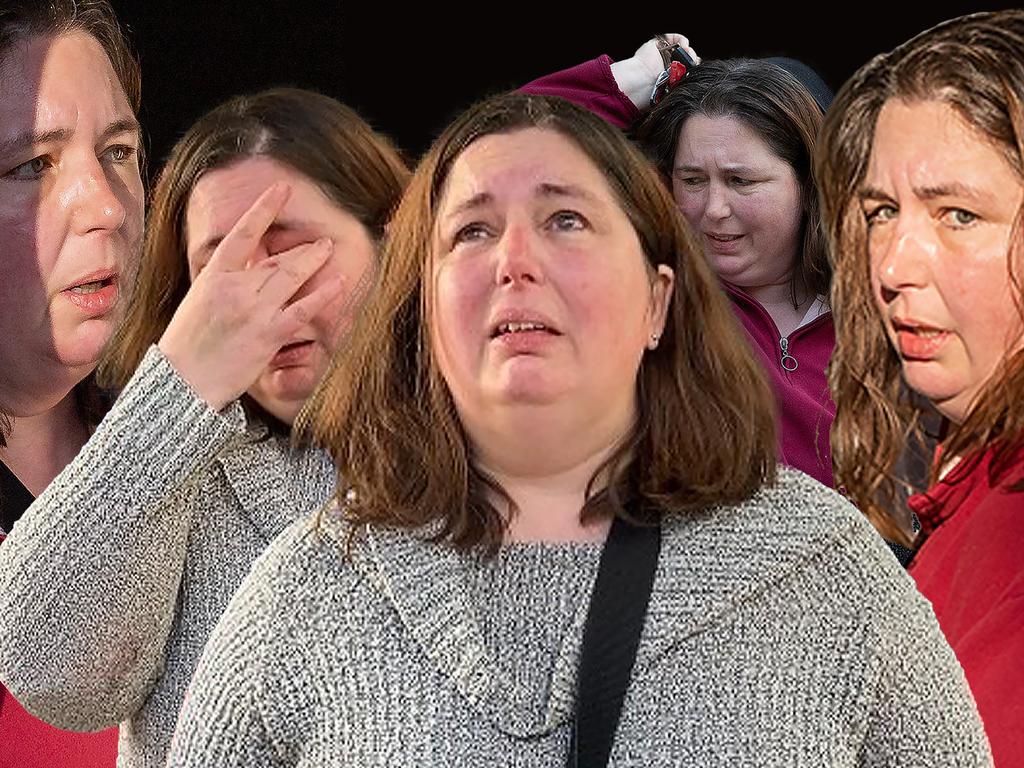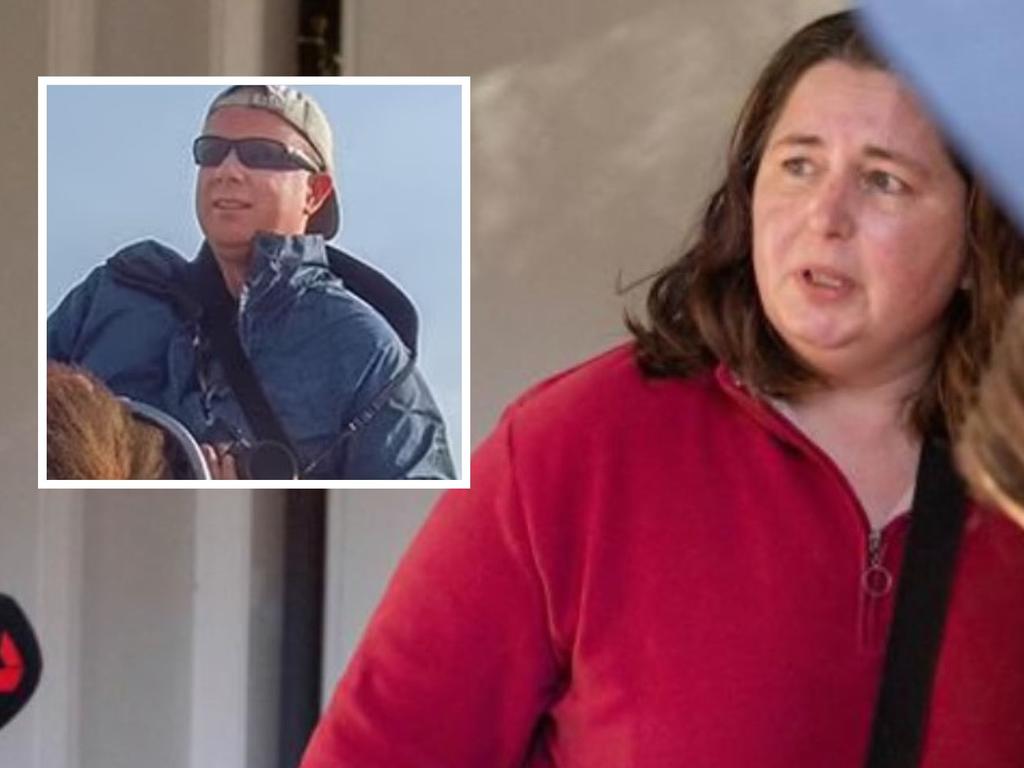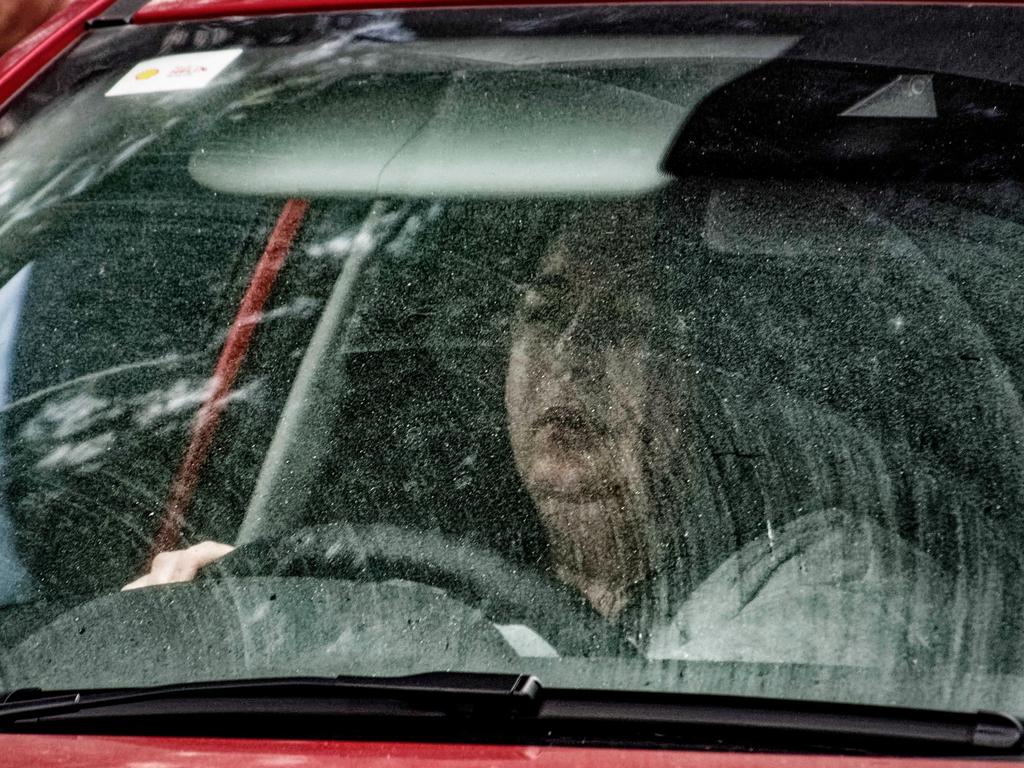Revealed: Mushroom poisoning toxicologist also at centre of ‘rose petal murder’
A leading toxicologist who has weighed in on Victoria’s killer mushroom inquiry was once believed by prosecutors to be a co-conspirator in the highly publicised ‘rose petal murder’.

A leading toxicologist who has weighed in on Victoria’s killer mushroom inquiry was once believed by US prosecutors to be a co-conspirator in the highly publicised “rose petal murder”.
Michael Robertson, an independent forensic toxicologist based in Brisbane, has been quoted by several domestic and international media outlets on the suspected death-cap mushroom poisoning of three people in the small Victorian town of Leongatha.
While Erin Patterson has been identified by Victorian police as a suspect in those deaths, Dr Robertson was also identified in court as an “uncharged, unindicted co-conspirator’’ to Kristin Rossum, who was convicted of murdering her husband in San Diego in 2002. Despite the prosecutor’s comments, he was never charged in relation to the murder and there is no suggestion he had any involvement.
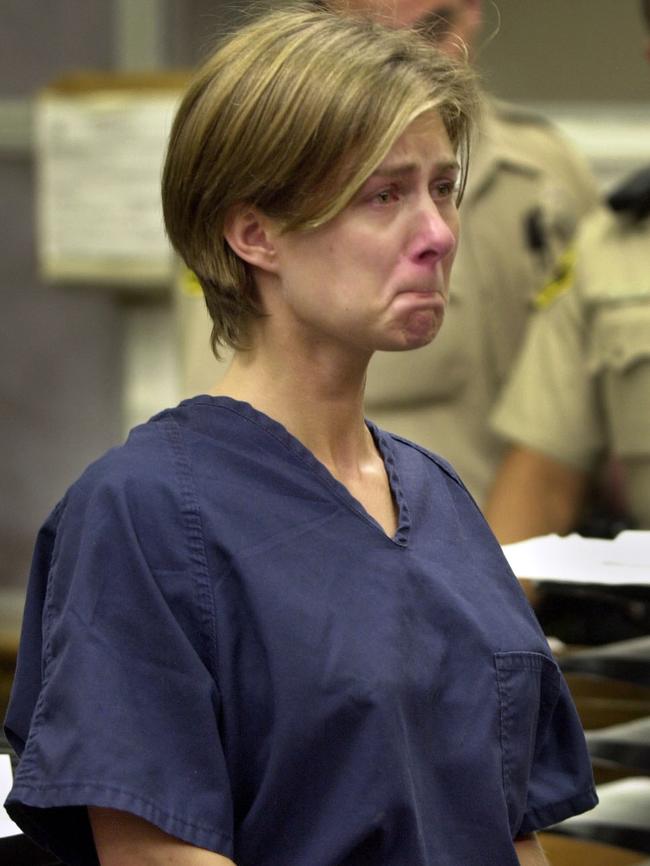

Rossum and Dr Robertson were having an affair when she murdered her husband, Gregory de Villers. Rossum, who was also a toxicologist, was sentenced to life in prison without parole, after de Villers was found to have been murdered by a fatal dose of fentanyl in 2000.
De Villers’s body was discovered surrounded by rose petals, similar to a scene in the Oscar-winning film American Beauty.
Asked on Friday by The Weekend Australian if he was the same Dr Robertson linked to Rossum, he responded: “Yes.”
Saying that he wanted to move on with his life, when asked if he could comment on the decades-old case, he simply said: “No, there is nothing I want to say about the past. No.”
Dr Robertson was also called to give evidence in the Brisbane trial of Gerard Baden-Clay, who was sentenced to life in prison for murdering his wife Alison in 2012.
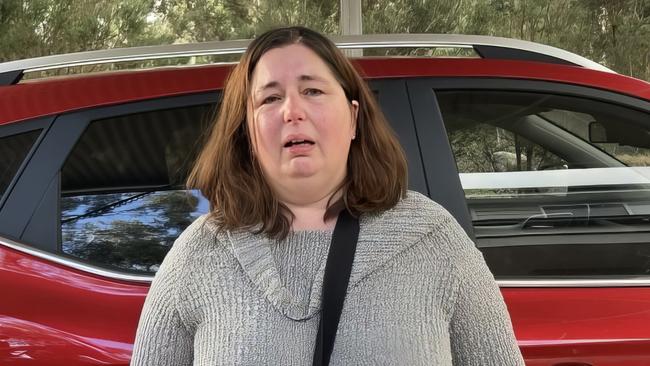
A police inquiry has been launched following the Leongatha mushroom deaths of Don and Gail Patterson after they ate a meal prepared by former in-law Erin Patterson. Gail Patterson’s sister, Heather Wilkinson, also died after eating the beef wellington, which contained mushrooms. Erin Patterson’s husband Ian survived.
It is believed they had gathered at Erin’s home in an attempt to smooth over a rift with her ex-husband, Simon Patterson, concerning their two children.
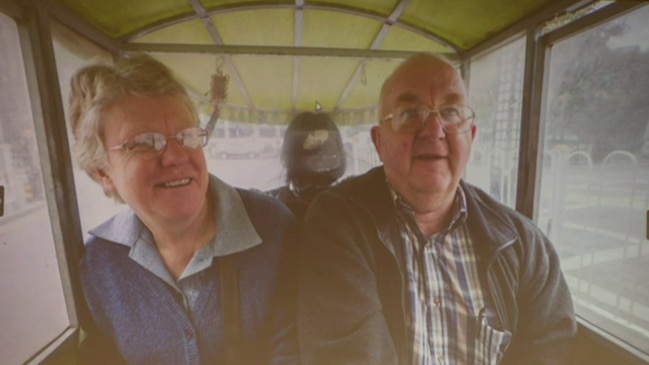
Dr Robertson was later quoted in the media as saying investigators would likely have received toxicology reports to indicate whether death cap toxin was consumed.
“They will be trying to detect the actual toxin on the mushroom in the blood, liver or urine, and if they can do that then that just confirms what was consumed,” he said.
“As long as they detect it (the toxin) then they can be reasonably certain that that’s been the cause of three deaths.
“I suspect the pathologist will then get the results. The pathologist will then confirm cause of death, the manner of death. So whether it’s homicide, suicide, natural, accidental or undetermined.”
He said there was a high likelihood the manner of death would be “undetermined”.
Dr Robertson said urine samples were ideal, or blood as a second option, to test for toxins, but they must be taken within two days of consumption. He said investigators would likely have established whether there was motive. Ms Patterson has maintained her innocence.



